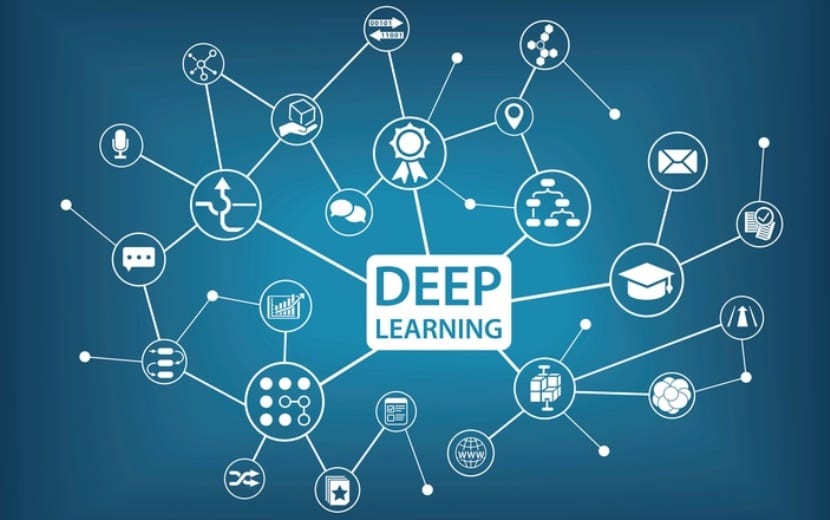
One of the big problems they usually have in NASA In each of the missions they launch, according to their own researchers, they have it in the huge amount of data that tend to harvest from them, data that before being stored and later shown to the public, must be carefully analyzed to truly determine which ones are most valuable for future missions.
This work is one of the toughest of any mission, even more so over the years, where missions are usually equipped with all kinds of technology designed to harvest different data that are subsequently sent to Earth for analysis. As a detail, tell you that, to analyze all this enormous amount of data, NASA engineers need to dedicate several days in this enormous work.

NASA announces that they will use Intel's artificial intelligence systems in the analysis of the data that arrives from all their space missions
Precisely and to improve this analysis of all the data that reaches Earth from different missions, NASA has decided to open a collaboration program with Intel to make use of their artificial intelligence systems. Specifically and as has been revealed, the company that will collaborate with NASA will be nervous, a company specializing in machine learning tasks that was acquired by Intel in 2016.
An important point to keep in mind is that this collaboration is nothing new since, at the time, NASA had the opportunity to test all the benefits of the software created by the guys from Nervana in an event organized by the North American Space Agency itself where it was intended that all these types of companies could demonstrate what their software is capable of and how they could help their specialists in the prestigious agency in data recovery and analysis.

Nervana software manages to analyze data from NASA missions in record time
After these tests, NASA decided to start one of the technologies developed by Nervana, a company that, we remember, was bought a few months ago by Intel. An example of the use of this technology, as has been revealed by the North American Space Agency itself, we have in the analysis of more than 200 terabytes of data With which it was possible to create in a completely autonomous way a 3D drawing of the Moon through the images collected by a satellite.
In addition to this interesting work, the software put to the test managed to generate a series of specific maps of the Moon's poles Where, despite the difficulties, it was possible to represent the craters of the same, even those located in the most abundant and less accessible area of the star.
As a detail, as has been commented from NASA itself, it should be noted that apparently a work team may only take weeks to develop a cohesive map of a part of the Moon while, thanks to the use of this type of artificial intelligence software, this work can be accomplished in record time with a 98% accuracy.

NASA will have full access to software developed by Intel
Based on the press release published by Intel, in which reference is made to how NASA has full access to its technology, we are told about the software developed at the time by Nervana and its advantages in terms of use for the space industry:
The team showed that deep learning could achieve the same results as a human expert with vastly improved speeds, suggesting that detailed maps of all rocky objects in the solar system could be automated using deep learning techniques.
Intel Nervana is specifically designed to enable researchers and data scientists to use artificial intelligence to solve some of the world's greatest challenges, and is ideal for a problem like accelerating space travel.